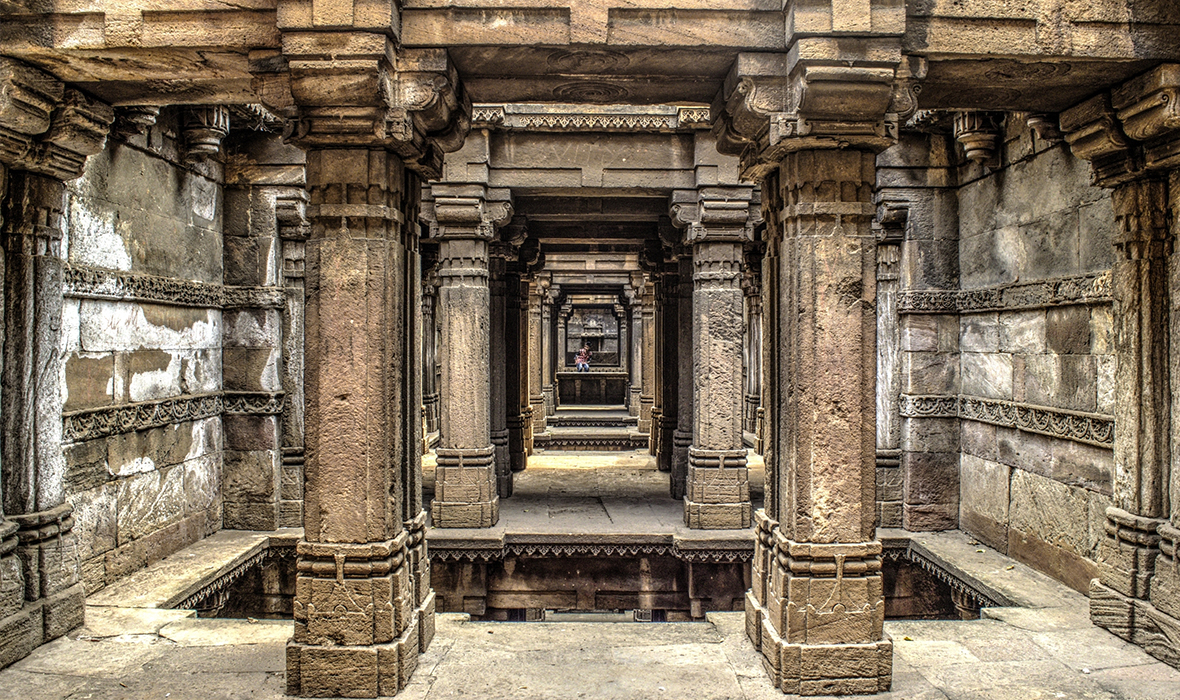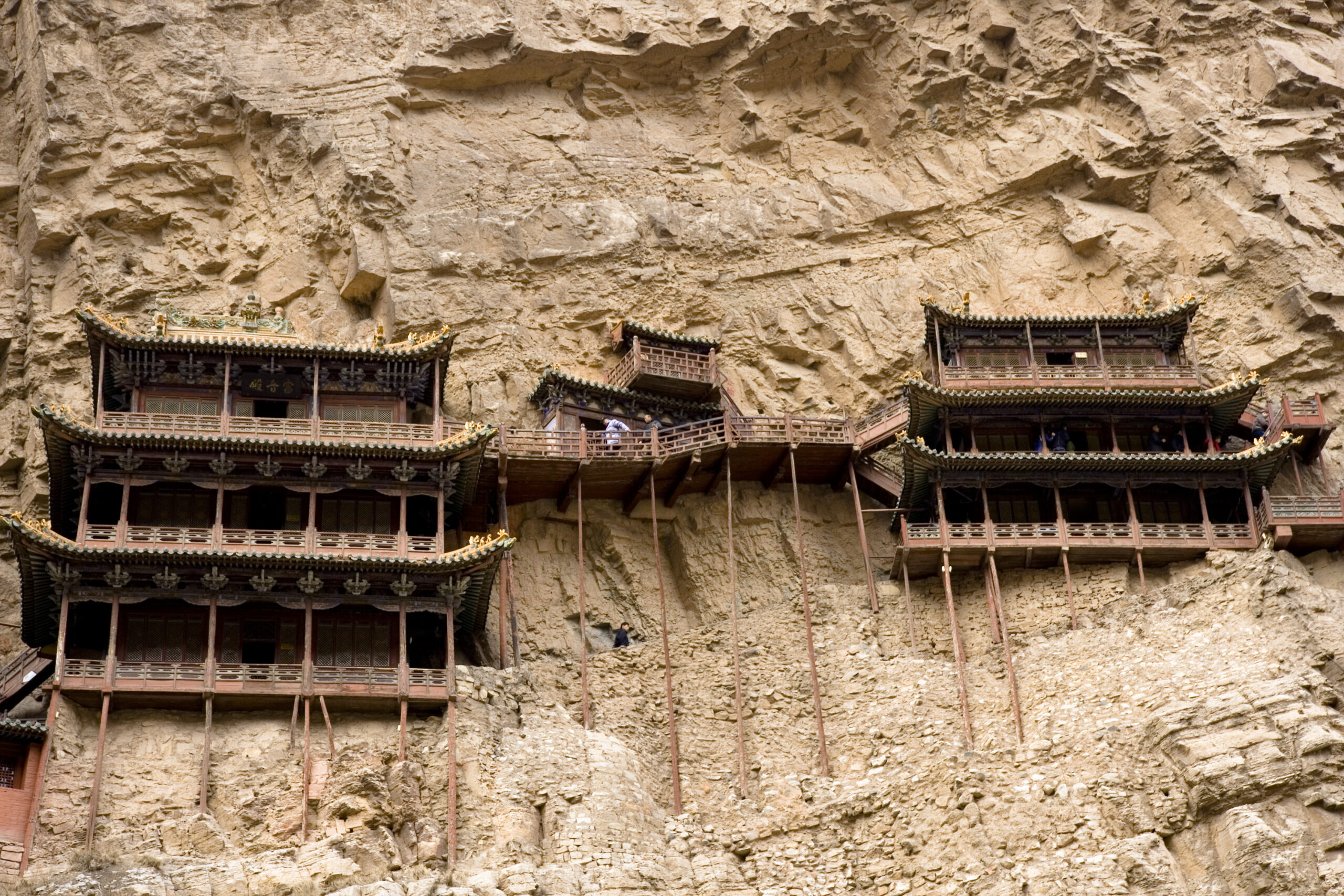Okinoshima is an island off Japan that only men can visit – a sacred Shinto haven and a famous addition to the list of UNESCO sites last year, garnering headlines the world over. However, the astute traveler will notice that it isn’t just the fairer sex banned from the island; all travelers are turned away from Okinoshima. But, there were quite a few Asia additions to UNESCO that travelers will want to keep an eye out for this year.
America’s withdrawal from the Paris-based cultural and historical body UNESCO hasn’t stopped their cherished picks – and in any case China picked up the slack. Now is the time to hop on a jet to Asia to catch these sites before they develop.
Temple Zone of Sambor Prei Kuk

ABOVE: Temple Zone of Sambor Prei Kuk.
Containing over 100 temples, the Temple Zone of Sambor Prei Kuk is an archaeological site in Ishanapura, within the Kampong Thom Province of Cambodia. Once the capital city of the Chenla Empire, this ancient temple complex flourished between the 6th and 7th centuries AD, and have been said to pre-date the Angkor decorative styles made popular by other Cambodian temples – most famously Angkor Wat.
Unique in design and location, the Temple Zone of Sambor Prei Kuk features 10 octagonal temples built of sandstone using elements such as lintels, colonnades, and pediments – all of which are architectural methods still being used today.

ABOVE: Sambor Prei Kuk is thought to be Pre-Angkorean architecture.
Found on the Eastern bank of Tonle Sap, the official religion at Sambor Prei Kuk city is Shaivism, and the Temple Zone itself is one of the few large examples of Pre-Angkorean architecture. In 2017, the temples became one of only three tangible UNESCO World Heritage Sites in the country.
Qinghai Hoh Xil
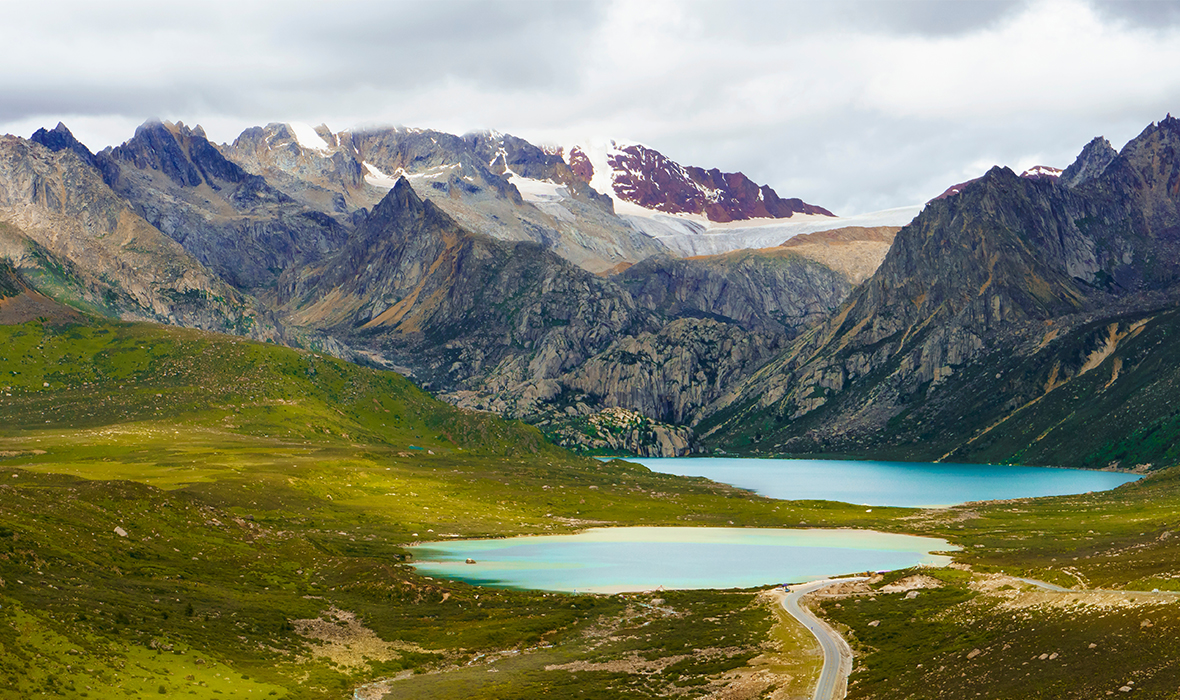
ABOVE: Qinghai Hoh Xil is the highest plateau in the world.
As the highest plateau in the world, Qinghai Hoh Xil towers 14,763 feet above sea level. With year-round freezing temperatures, the climatic conditions found here have a surprisingly rich biodiversity. This Chinese UNESCO geographical wonder is responsible for more than one third of the country’s plant species and 60 percent of herbivorous mammals, such as goats and small rodents, that depend on those plants. The plateau, for further example, hosts the migratory route of the Tibetan antelope and is covered in alpine grasslands.
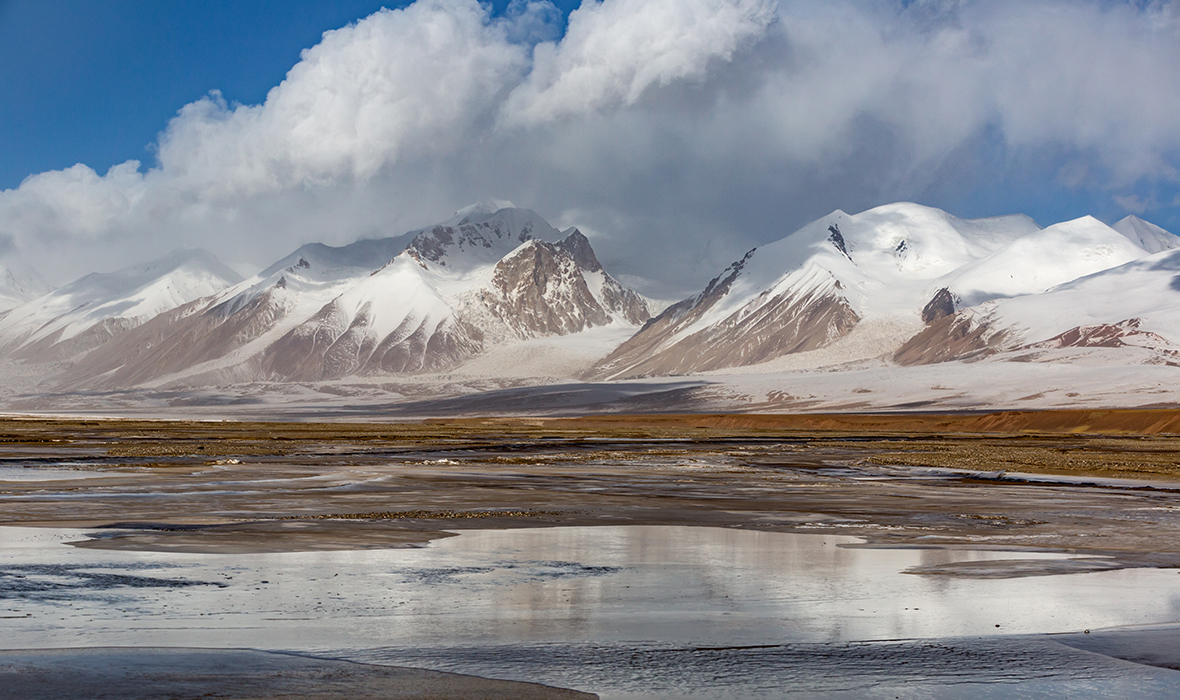
ABOVE: Visitors are limited to 1,000 each year.
The site is relatively undisturbed by modern tourist traffic. The implementation of the highly controversial Ecotourism Plan will limit the amount of visitors to 1,000 each year, and only of groups of 15 at a time. Climate change, however, continues to have a drastic impact and is being closely monitored for lasting effects on the area. For adventurers brave enough to withstand the low temperatures and to make the trek, the landscape and braided lakes are invaluable as well as fleeting.
Kulangsu

ABOVE: Kulangsu is known as Piano Island.
Known as Piano Island, this small island off the southern coast of China, Kulangsu is part of the estuary along the Chiu-lung River. Once a busy commercial port, the island features a mix of cultural influences and styles – all of which inspired the architecture. These include the Traditional Southern Fujian style designed with exaggerated-yet-symmetrical characteristics, Western classical revival style, and veranda colonial style, using raw materials like tin to form roofs and other local village elements.
An international settlement since 1903, Kulangsu continues to merge tradition with modernization with architectural developments – the latest merge having been the influence of Art Deco and the Modernist style of the early 20th century.
Ahmedabad
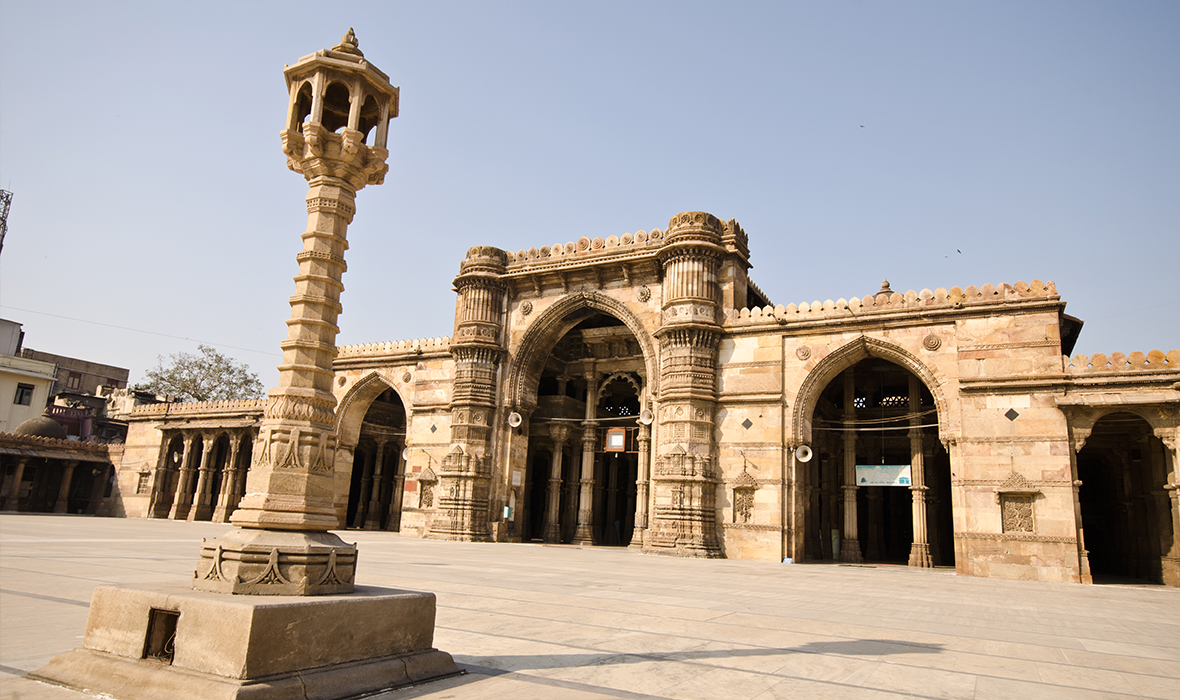
ABOVE: Walled city of Ahmedabad.
Sultan Ahmad Shah founded the walled city of Ahmedabad in the 15th century along the eastern bank of the Sabarmati river in India. A fort city for the sultanate period, Ahmedabad is home to tombs, mosques, and temples of both Hindu and Jain design. For six solid centuries this city thrived as a capital for the State of Gujarat.
The city flourished on the river’s edge, which it depended on fresh water for the public well system. As a UNESCO site, Ahmedabad brings tourists in by the thousands and is India’s first UNESCO World Heritage City.
